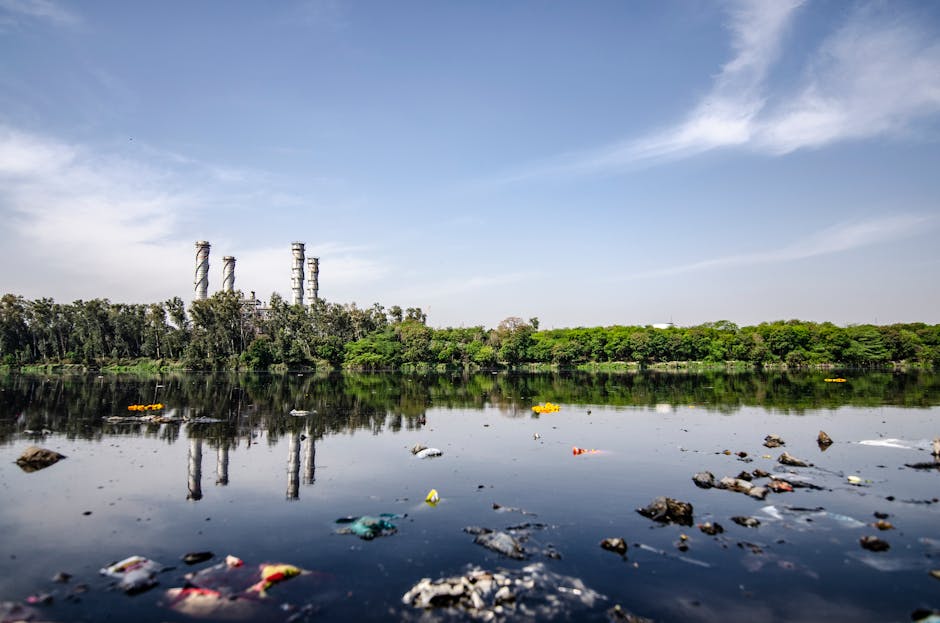Delhi’s Air Quality Plummets to “Severe” Levels
Delhi’s Air Quality Index (AQI) has breached the 400-mark, pushing the capital into the “severe” category. The Commission for Air Quality Management (CAQM) has reimposed Stage-III of the Graded Response Action Plan (GRAP) to tackle the crisis. A thick smog blanket has reduced visibility and raised health alarms among residents.
What is GRAP-III?
GRAP is an emergency framework to combat air pollution in Delhi-NCR. Stage-III kicks in when AQI exceeds 400, enforcing strict curbs:
– Construction ban (except essential projects like highways, hospitals).
– BS-III petrol & BS-IV diesel vehicles barred in Delhi-NCR.
– Stone crushers and mining halted.
– More mechanized sweeping to curb dust.
Why is Delhi’s AQI So Bad?
Key factors driving pollution:
1. Stubble burning (30% of PM2.5 levels).
2. Low winds & cold temps trapping pollutants.
3. Vehicles, dust, and industries adding to the smog.
Health Risks: Doctors Sound Alarm
Prolonged exposure to toxic air can cause:
– Asthma attacks, bronchitis.
– Higher stroke/heart disease risk.
– Long-term lung damage.
Dr. Arvind Kumar warns: “Breathing Delhi’s air now equals smoking 20 cigarettes a day.”
Govt’s Emergency Steps
- Odd-even vehicle rule may return if AQI stays severe.
- Work-from-home push for private offices.
- Artificial rain (cloud seeding) being explored.
Enforcement Gaps & Citizen Role
Critics cite weak GRAP-III enforcement (illegal construction, ignored vehicle bans). Citizens can help by:
– Using masks (N95) and purifiers.
– Avoiding outdoor workouts.
– Opting for carpools/public transport.
Long-Term Solutions Needed
Experts demand cleaner fuels, green expansion, and stricter laws. With winter worsening pollution, Delhi faces a grim battle ahead.




